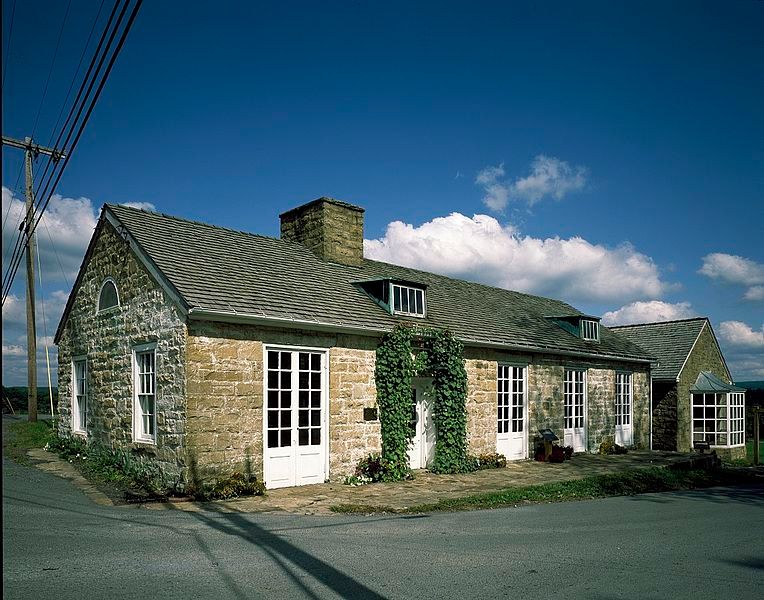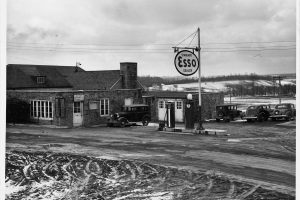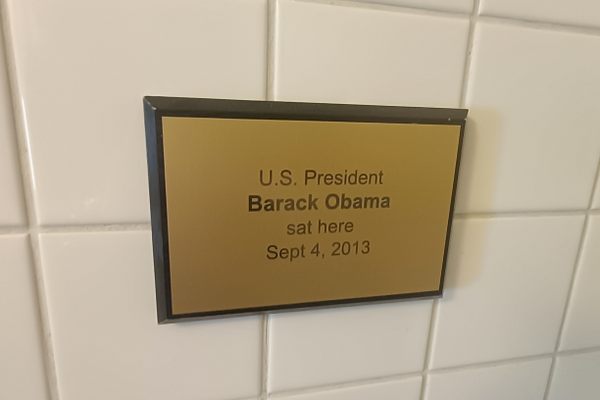About
Established in 1934, Arthurdale was Eleanor Roosevelt's first federally funded experiment in collectivist living.
At a time when strong support for her husband, President Franklin Delano Roosevelt, allowed ambitious New Deal anti-poverty programs to go forward, Arthurdale earned Eleanor's attention after she learned of the bleak options faced by working age men and their families in Preston County, West Virginia. Coal mines were closing rapidly, and those that remained open paid very little for deadly work.
To these West Virginians, Arthurdale offered the promise of jobs above ground and a hopeful vision of collective support. Homesteaders would farm their land and work in enterprises that sustained the community. Cooperative businesses were established, including a service station, general store, metalworking forge, and a spinning and weaving workshop. The most successful of the cooperatives was Mountaineer Craftsmen’s Cooperative Furniture. Its finely crafted chairs, tables and cabinets furnished Arthurdale homes and were sold across the United States. Original works with the "Mountaineer Craftsmen" stamp remain highly coveted.
The project wasn't without its compromises and ugly elements. The first homesteaders chosen were almost all white families and the community passed a vote barring black and Jewish miners from joining, despite the objections of their patron Eleanor Roosevelt. Though it succeeded in many ways, and vastly improved the lives and health of those who lived there, Arthurdale did not become the fully autonomous town that was hoped. On 1941 visit to Arthurdale Roosevelt said she was "deeply disillusioned" about the failures of the town.
The Arthurdale project ultimately collapsed in the face of WWII, criticisms of its costs and its failure to become self sufficient, and fears about communism. Ultimately even the First Lady's personal fortune and advocacy couldn't withstand criticism from anti-communist and pro-private enterprise voices in Congress. The ongoing war in Europe finally led the Department of the Interior to sell Federal holdings in the project at a loss in 1941.
Today, the vast area can be explored at any time by car, but be aware that most of the homesteads are private property. The district was added to the National Register of Historic Places in 1989 and local groups have worked to restore what remains of the communal buildings ever since.
Guides are available to walk you through "Eleanor's Village" (during hours posted on the Arthurdale Heritage website) where you can explore a time when a first lady could help create an extraordinary experiment in collective living.
Related Tags
Know Before You Go
30 minute drive from Morgantown, WV. Check Arthurdale Heritage website for the times and days walking tours are offered. Tours include the interior of the craft works and objects documenting the First Lady's extraordinary relationship with this experiment in collective living.
Community Contributors
Added By
Published
September 12, 2016






































